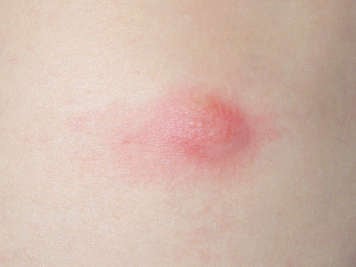Introduction
Signs and symptoms
Causes, risk factors and prevalence
Diagnosis
Treatment
Complications
When to seek medical attention
Resources

